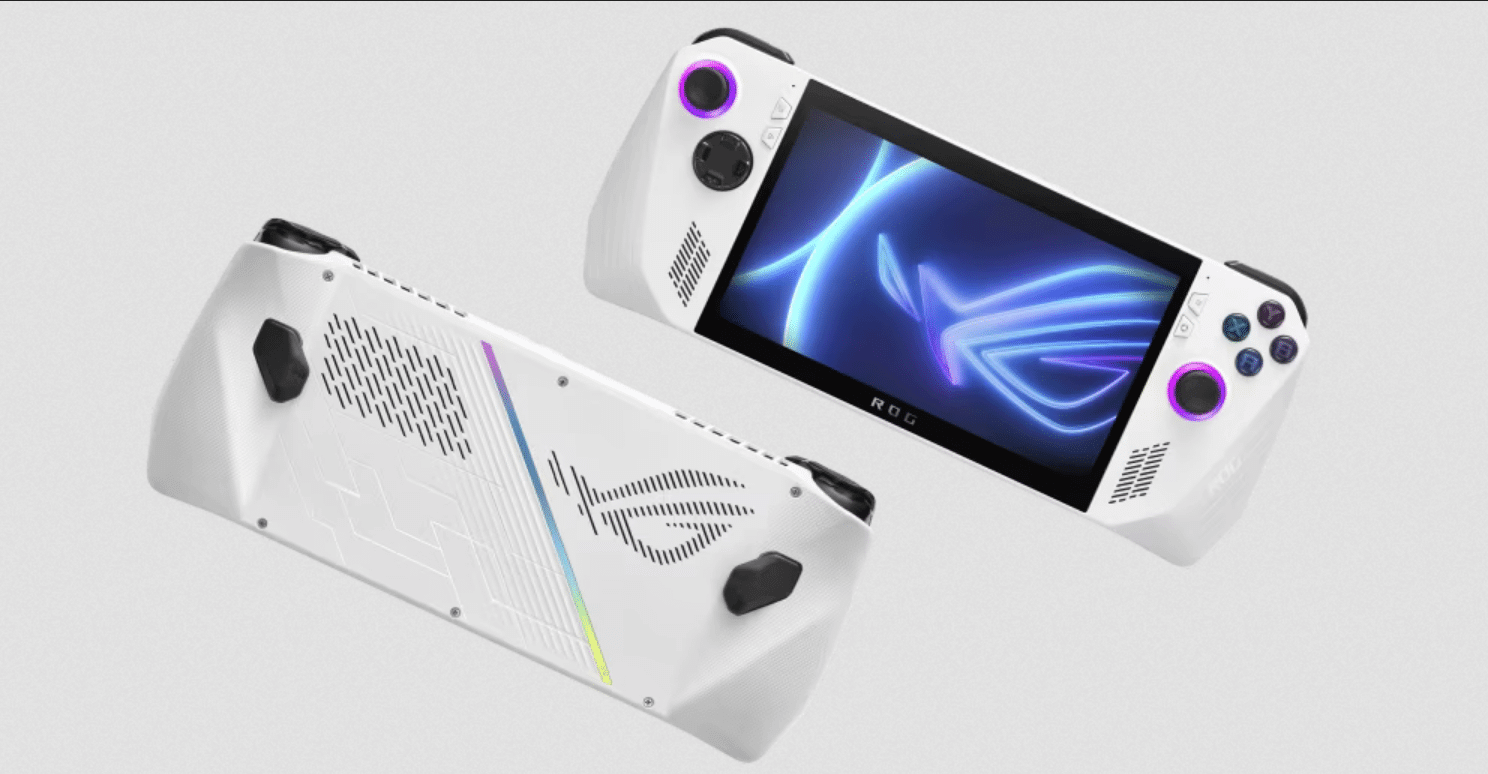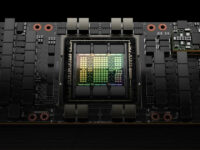The market of handheld consoles has been growing steadily with a multitude of recent launches, from the older Steam Deck to the newer Ayaneo 2 and the most recent Asus ROG Ally. Compared to the Nintendo Switch, these consoles have had hardware capable of running Steam games and emulators, rivalling the performance of entry level desktop gaming PCs. But how far can the performance be pushed on these handhelds? Especially, say if, the infamously intensive Raytracing were to be introduced to the equation.
Based on some tests done by ETA Prime in this video, the ASUS ROG Ally performs impressively with raytracing, touching close to 60 FPS on games like Doom Eternal with RT pushed up to ultra at 1080p. For these tests, the ROG Ally was plugged in and set to a TDP of 35W.
Starting with the popular Minecraft, at a resolution of 1080p for the device, The ROG Ally manages an average of 20 FPS with RT on. Not bad considering the RT based global illumination used here which tends to be intensive. Portal RTX is next up with an average of 20 FPS on the ROG Ally, another game with RT GI.
Here’s where it gets really impressive, with Doom Eternal running at a near 60 FPS on 1080p medium settings (averaging around 56 FPS), with RT set to quality mode and no resolution scaling options turned on. Doom Eternal has historically been an impressively optimized title running on most handhelds with minimal performance issues and the ROG Ally seems to be able to continue that tradition with RT on in this case.
Forza Horizon 5 is next on the list, another well optimized game and in this case, runs around an average of 54 FPS at 1080p on the high graphics preset and RT set to Ultra. Dropping the resolution down to 720p nets us an average of 64 FPS, which is more than decent for a handheld gaming performance. One could also get around an average of 60 FPS at 1080p if the RT was set to High instead of Ultra.
Quake 2 RTX is next up, where ETA Prime noted some minor bugs with the RT mode turned on with bullets sometimes not illuminating. An average of 27-28 FPS was noted, which is still impressive considering the usage of RTX global illumination in this game once again.
Last up is Cyberpunk 2077, which has recently been the poster child for RTX features with the recent Path Tracing implementation released as a “tech preview” for the 40 series cards. At 1080p low settings with RT enabled on the lowest settings averages a 55 FPS, where the game ran originally at a 72 FPS without RT.
Cranking up the RT settings to a medium (RT reflections and Local Shadows on, RT lighting on Medium) drops it down to a low 21 FPS at 1080P low graphics settings. Dropping the resolution down to 720p however pushes the game back up to a healthy 30 FPS, and it looks and plays great for a handheld with an iGPU running it all.
Trying to push it to RT Ultra (with Path Tracing turned on as well) at the same resolution of 720p ended up crashing the game in their tests, so perhaps the Ultra presets should still be left for the beefier desktops to handle.
Overall, the ROG Ally manages some impressive performance with Raytracing enabled for a handheld console, although running it without being plugged in would heavily impact the battery life and not really recommended. Still a neat feature to have on a portable device should you ever feel the need to game with RT enabled on the move and find a nearby power source to plug into.






